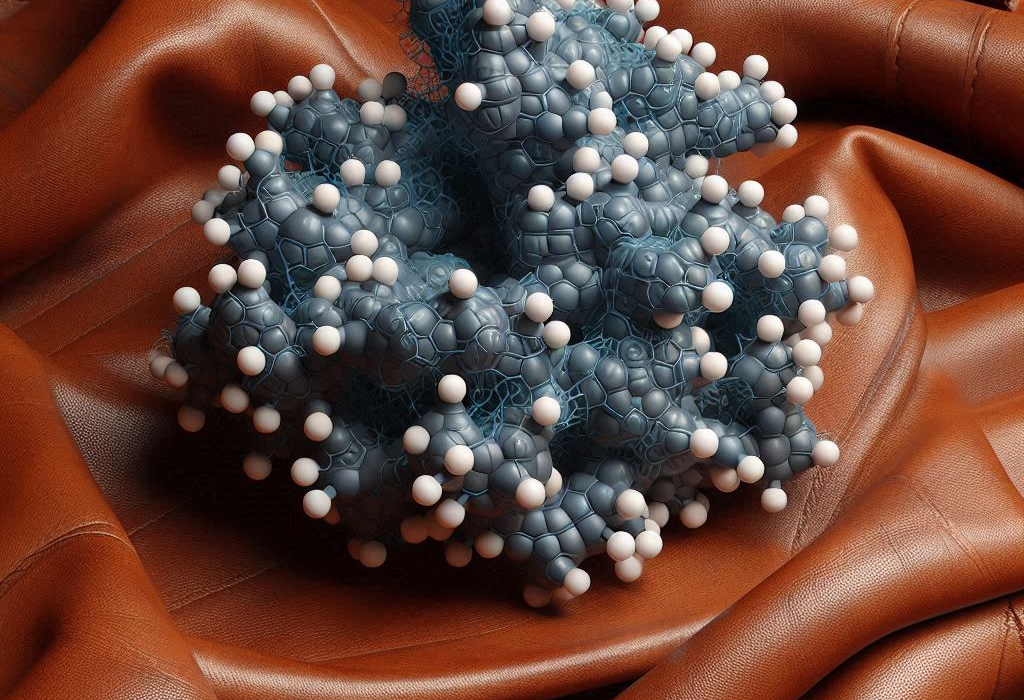Wilton Bioscience offers specialized enzymes tailored for the leather industry, significantly enhancing the efficiency and sustainability of leather processing. These enzymes, which are protein molecules acting as advanced catalysts, drive essential chemical reactions to modify and improve leather quality. In the leather sector, enzymes are used to enhance the tanning process, reduce environmental impact, and improve the overall quality of leather products. Commonly used enzymes in leather processing include proteases, which break down protein-based impurities; lipases, which remove fats and oils; and amylases, which aid in the removal of starches. Additionally, enzymes like collagenase and tannase play crucial roles in breaking down collagen and tannins, respectively, to improve the softness and pliability of leather.
Leather Enzyme Types
- LW-SOAK (Alkaline Protease)
- LW-Acid Bate (Acid Protease)
- LW-BATE(Alkaline Protease)
- LW-Amyl (Amylase)
Frequently Asked Questions
Leather enzymes are specialized proteins used in the leather industry to facilitate various processes involved in leather production. Derived from natural sources like microbes or plants, these enzymes are engineered to optimize and enhance the efficiency of leather processing. They play a crucial role in tasks such as removing hair and fats from raw hides, breaking down collagen during tanning, and improving leather texture and quality. Leather enzymes help in making the leather production process more sustainable and environmentally friendly.
Leather processing involves several types of enzymes, including:
- Proteases: Break down proteins in hides, aiding in hair removal and collagen modification.
- Lipases: Decompose fats and oils present in the raw hides.
- Cellulases: Modify cellulose in plant-based fibers, improving leather texture and softness.
- Pectinases: Help in the removal of pectin from plant materials used in leather processing.
These enzymes enhance the efficiency and quality of leather production, making the final product more refined and durable.
Leather enzymes are generally safe when used in the leather production process. However, they are not intended for ingestion or direct contact with skin in large quantities. Proper handling and safety measures should be observed to avoid any potential irritation or allergic reactions.
In leather processing, enzymes speed up biochemical reactions essential for preparing raw hides and enhancing leather quality. For example, proteases help in removing unwanted proteins and fats, while cellulases improve the texture of the leather. Enzymes operate under controlled conditions, allowing for efficient processing and high-quality outcomes while reducing the need for harsh chemicals and minimizing environmental impact.
